Untersulzbachkees is a 4 km long glacier north of Grossvenediger mountain. Its name is derived from the Untersulzbachtal, a remote valley that has been assigned a nature reserve.
Austria’s best known glacier is probably the Pasterze glacier. That used to make sense: its large ice field (Pasterzeboden), together with multiple icefalls from Grossglockner mountain, fed the massive glacier. And all of this was made accessible by car. But hardly anything is left of Pasterze, so maybe Untersulzbachkees is the rightful owner of the title ‘Austria’s prettiest’.
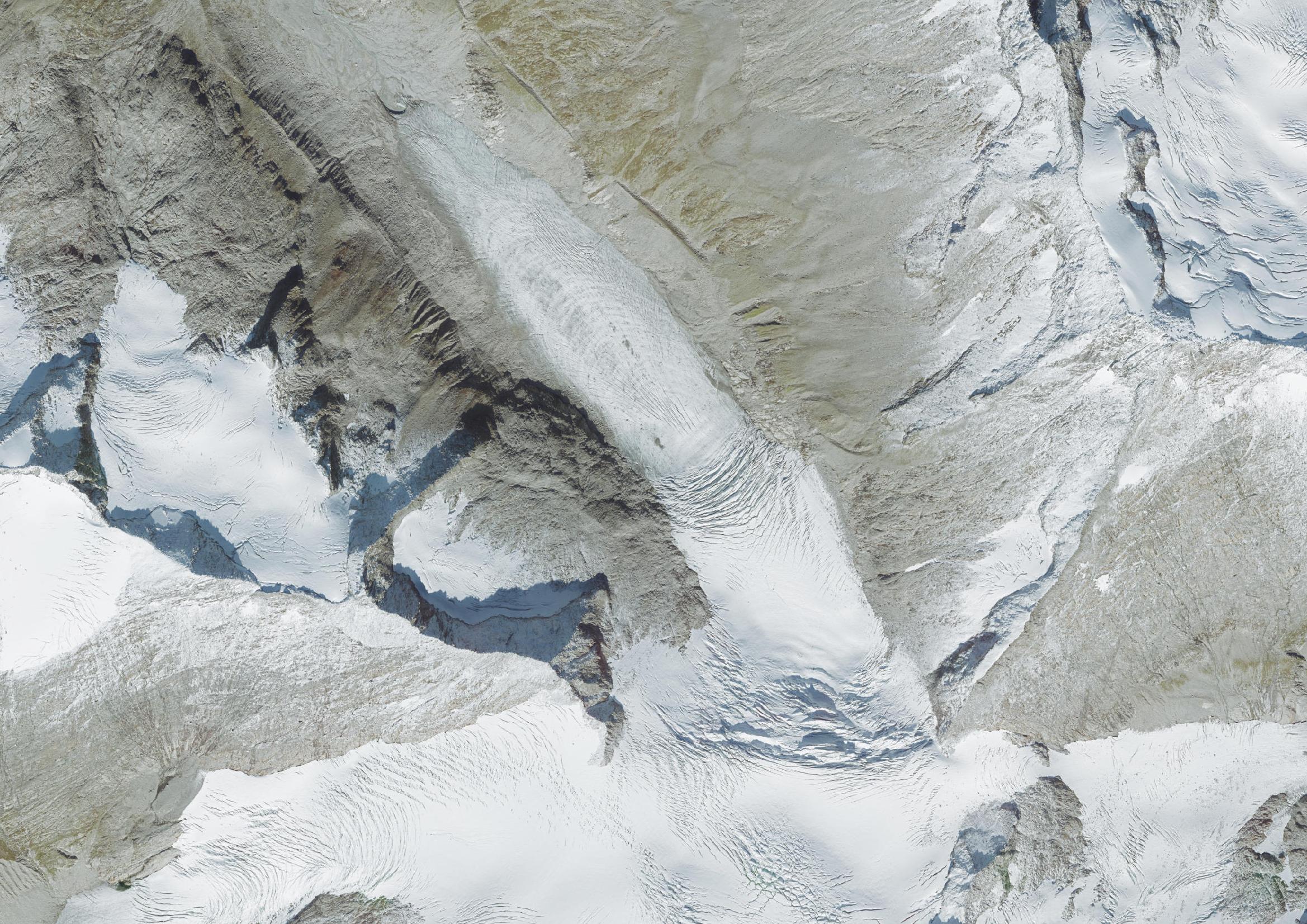
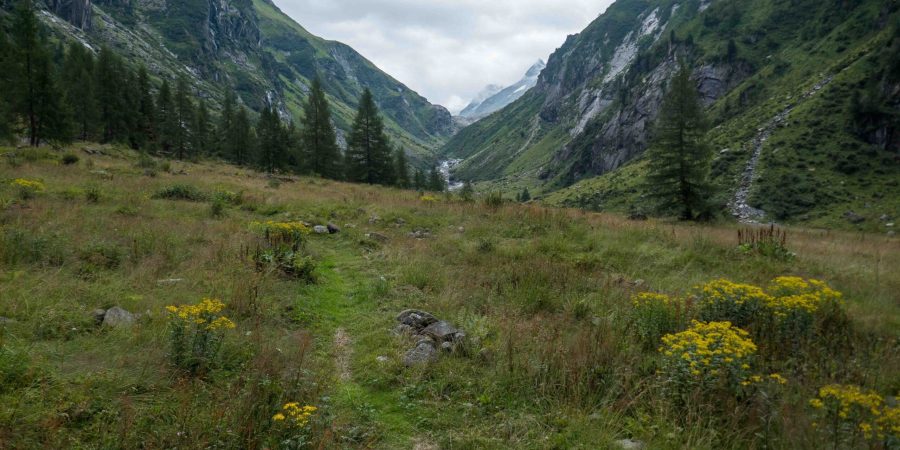
Untersulzbachkees flows from Grossvenediger northward, into Untersulzbach valley. This valley is not as well-known as its sibling to the west, Obersulzbach valley. That has everything to do with the fact that there are no marked hiking trails in Undersulzbachtal. Instead, it is a nature reserve and even cattle isn’t allowed. Perfect for camping.
The valley is twelve kilometers long and ascends from 850 m to 2300 at the glacier’s snout. Untersulzbackees is another 4 km long. Its meltwater comes out of a blue ice cave. From there, you can only see Kleinvenediger, but upon ascending the eastern side of the valley, Grossvenediger comes into sight as well. This also gives a very complete image of the glacier, which is receding by dozens of meter every year. But Pasterze glacier is receding even faster.
Archduke John of Austria wanted to be the first person to climb Grossvenediger, in 1828. He was a powerful field marshal with a special interest in nature and geography. Therefore, he ordered the artist Thomas Ender (1793-1875) to make a painting of Grossvenediger and surrounding area. Luckily, Thomas wasn’t afraid either. He climbed a col at 3000 m at the eastern margin of Untersulzbachkees, a great achievement in those days.
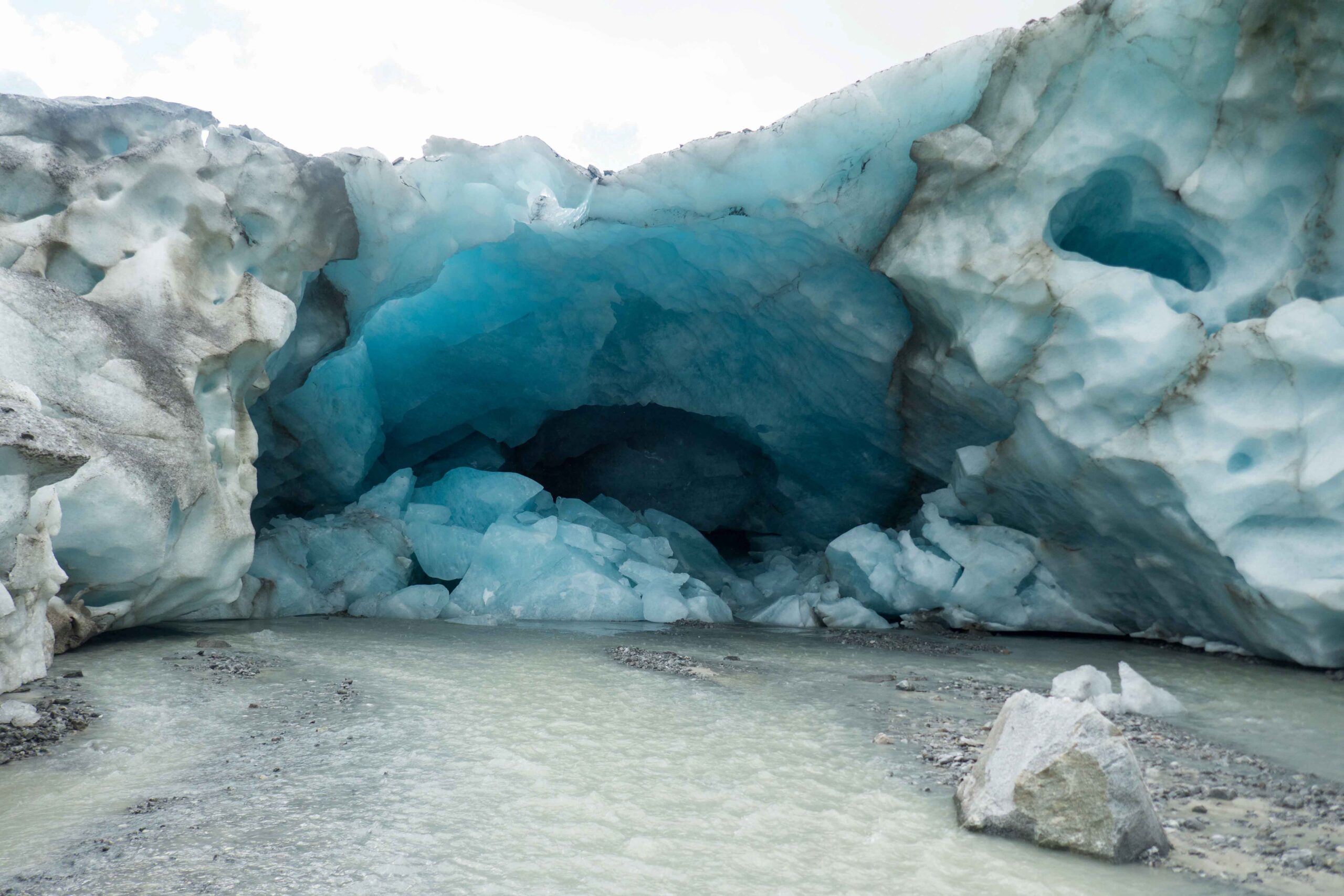
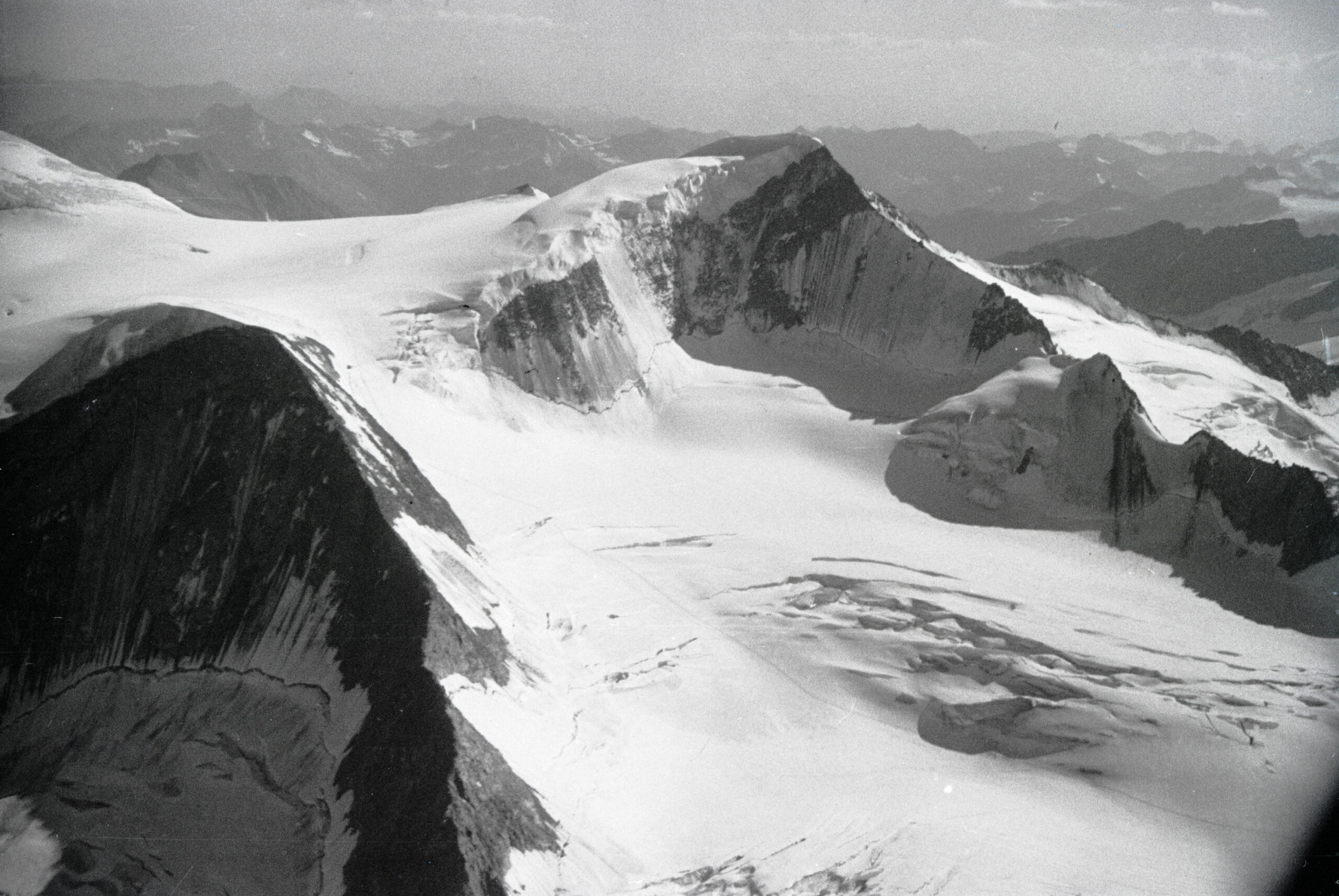
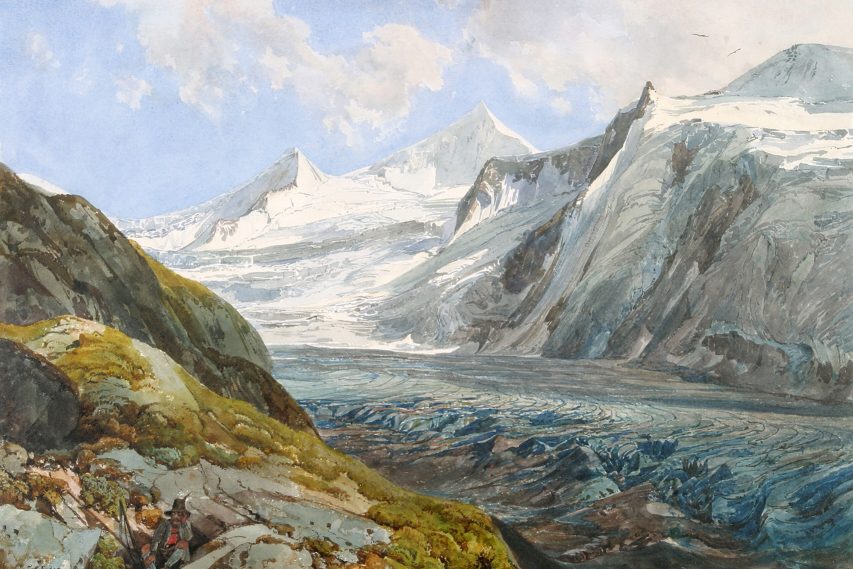
Thomas Ender achieved his goal. From the col of Untersulzbachtörl he made two watercolor paintings of Grossvenediger. One of them depicts men with poles, a way to detect crevasses underneath the snow cover. A little down, Thomas also made a painting of Untersulzbachkees. His timing was almost perfect, because the glacier was about to reach its maximum extent. The painting shows very clearly how much more icy the Alps were at those days.
In the next valley, Thomas Ender also captured Obersulzbachkees, with the northwestern slopes of Grossvenediger in the background. That’s where his client, the archduke of Austria, had to turn around the previous year. His party of 17 men was caught in an avalanche, seriously wounding one member. John safely returned home and never did a second attempt. Maybe he was perfectly happy with his paintings of Grossvenediger.
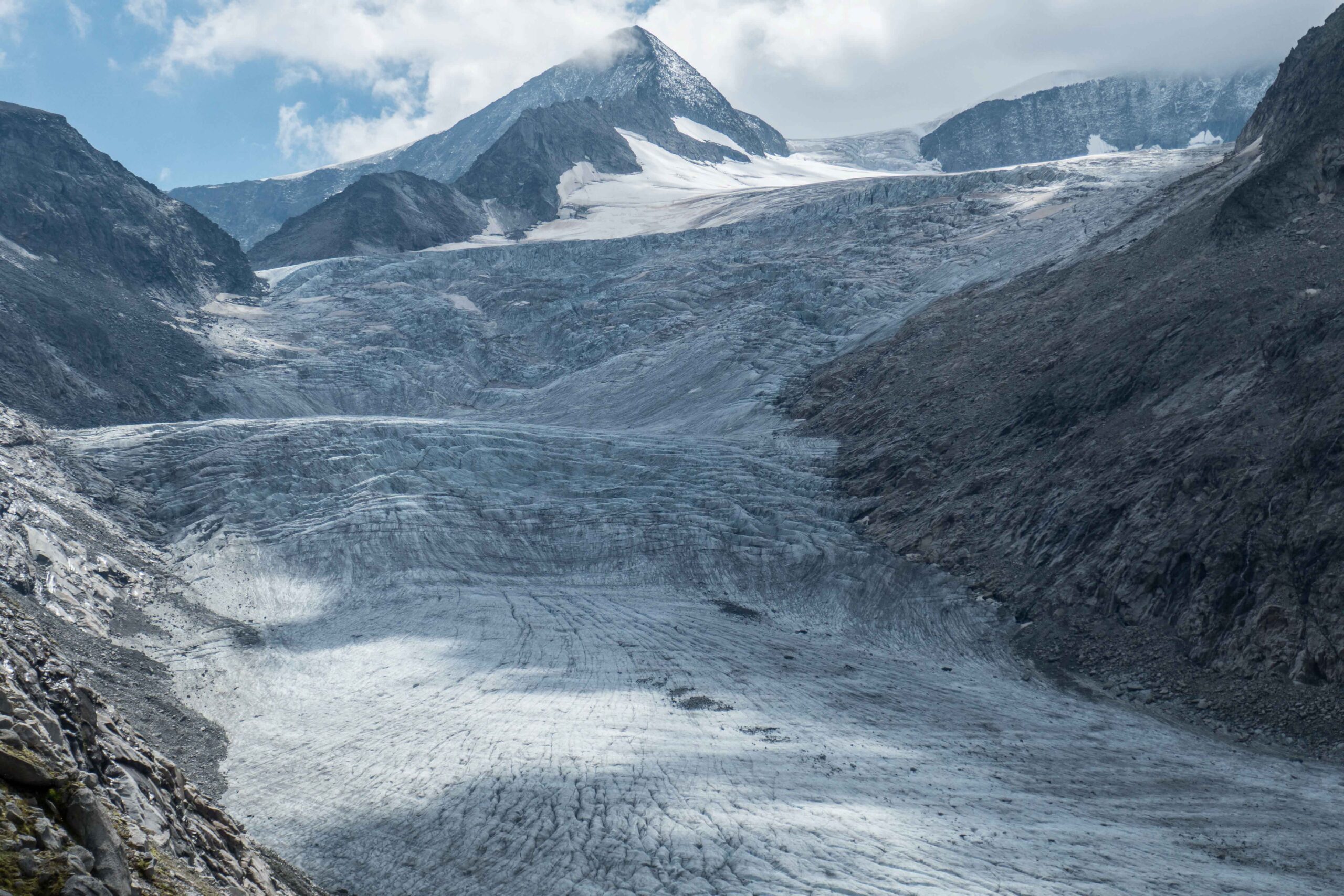
Search within glacierchange: